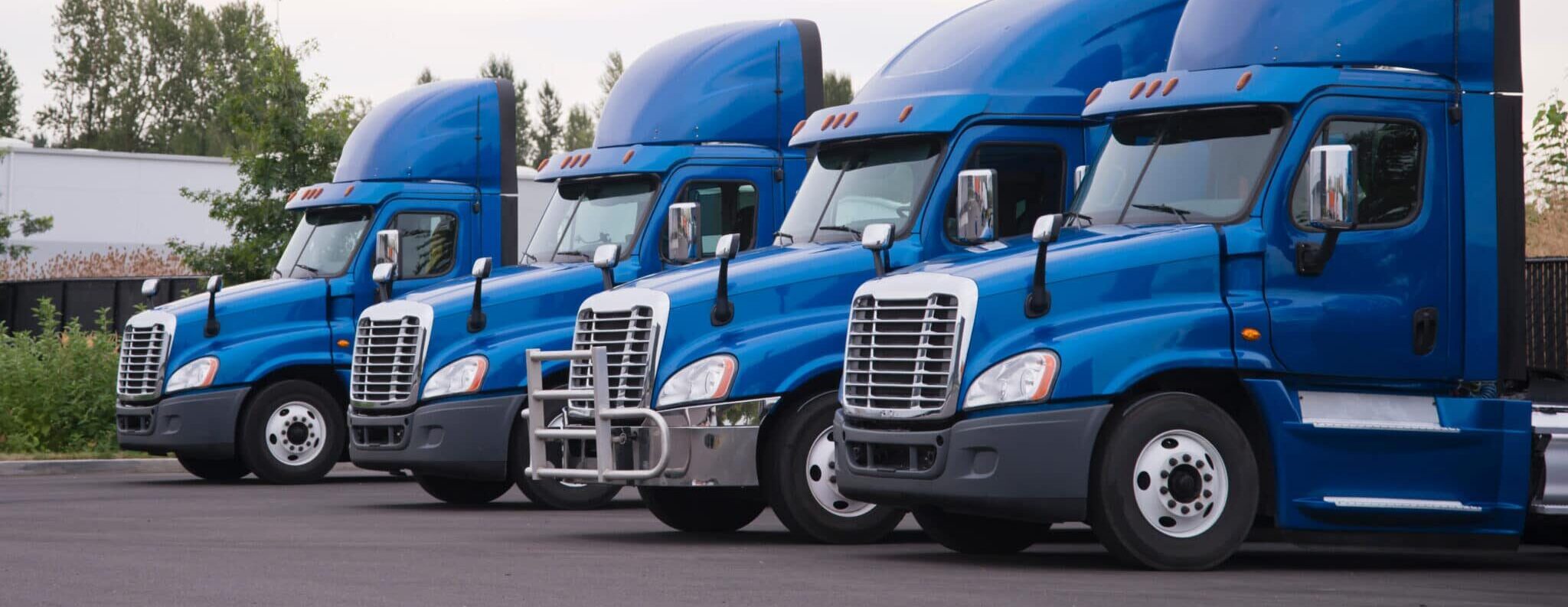
With two vaccines now approved for use in the US and many people throughout the US expressing interest in lining up for them, a large-scale distribution rollout is now underway.
The effort is largely unprecedented in modern times and has understandably left many CPG shippers wondering how freight capacity will be affected by the effort.
In a country with 330 million, the hope is that all citizens will eventually be vaccinated. However, this is more of a long-term aspiration instead of a short-term tangible goal.
Currently, the country is aiming to get 400 million dosages to the public by the end of July 2021 between the Pfizer and Moderna vaccines, which is enough for 200 million of the country’s population since inoculation requires two dosages per recipient.
This undertaking will require the shipment of some 400 million dosages to medical facilities around the country. Both these have cold chain transportation needs—Moderna’s vaccine needs to be stored at -20 degrees Fahrenheit and Pfizer’s at -94 degrees F.
In addition to the dosages themselves, each shot requires accompanying syringes, gauze, and other medical instruments used in the procedure. That adds up to a substantial amount of freight that will enter the market over the next few months.
In an already tight market, what does that mean for CPG brands?
How Will Vaccine Distribution Affect the Freight Market?
While this is a large undertaking that could cause capacity disruptions in normal conditions, we have been in an exceedingly tight market over the past six months leading some to speculate things will only get more challenging for shippers.
However, that is not likely the case. Whether your organization will be drastically impacted by vaccine distribution will most likely depend on how and what you are shipping.
Because the vaccine will require temperature-controlled shipping, it is not likely that many CPG brands that typically ship dry truckload will have direct issues from the rollout initiative. In a recent piece published by JOC, experts are not anticipating heavy disruption, certainly not to the scale that we saw as part of the fallout from COVID-19.
Most of the vaccine distribution will be handled by specialized carriers whose capacity serves a marketplace outside the typical CPG brands’ periphery. These carriers will soak up much of the excess capacity, leaving the marketplace used by most CPG shippers unaffected.
The brands that will likely bear the brunt of disruption are those in the pharmaceutical industry or those who rely heavily on refrigerated transportation for the majority of their shipments.
We expect freight rates across the board to remain steady, if not even rise slightly for the first few quarters of 2021, as a result of COVID-19 consumer purchasing trends, not directly due to vaccine shipment.
However, there may be some trickle-down effects on the spot market or other sectors if unforeseen logistics issues occur.
How CPG Shippers Should Approach a Tight Freight Market
After a historically tough start for the freight market in 2020, volumes vastly exceeded recovery expectations as consumers found new channels to purchase goods. This boom of freight entering the market drove up rates and shrunk capacity for the better part of the last eight months.
The trend will likely continue into 2021 as much of the nation is still grappling with the coronavirus. As a result, shippers should continue to expect a tighter-than-usual freight market and rates that exceed those of the past several years.
These types of conditions can be challenging for CPG brands to navigate without a true dedicated logistics partner. It is critical in tight markets that you have access to an extensive network and strong carrier relationships.
Working with a valued logistics partner can be the difference between finding efficiency and dealing with difficulties in a challenging freight market.
Work with Zipline Logistics
Finding a logistics partner that is centered on partnership will prove to be an effective choice irrespective of market conditions.
Working with a 3PL on a strategic level can unlock previously untapped profit, offer more visibility, and streamline overall operations.
It is critical in current market conditions not to chase rates. Lower prices do not translate to less logistics overall spend and often are accompanied by poor service,
With cheaper trucks, you can expect dropped orders, late deliveries, rate hikes, additional fines, fees, and headaches that don’t move your supply chain forward towards its goals.
Instead of chasing rates, work with Zipline to find a competitively priced carrier that best suits your delivery needs.